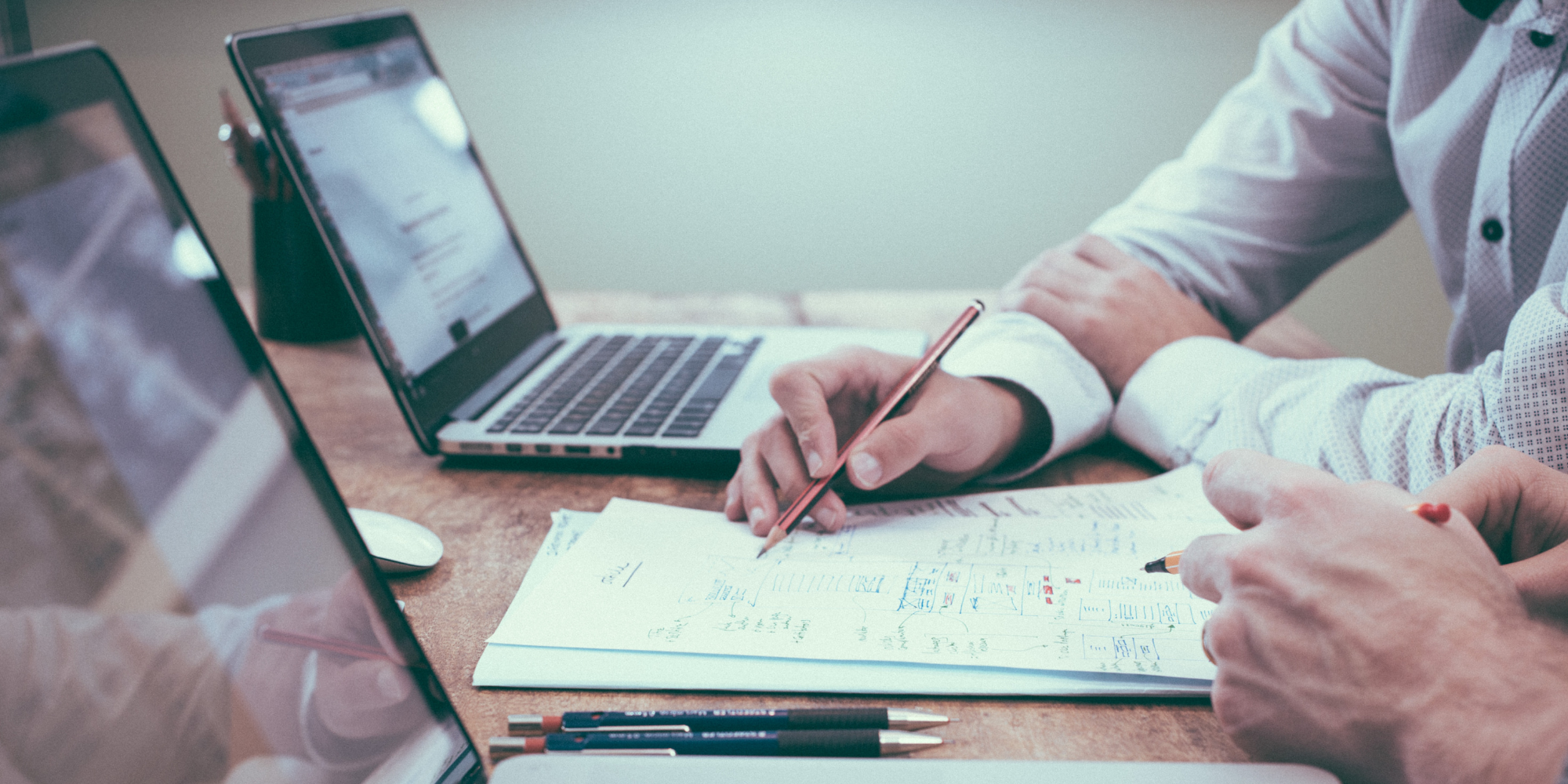Receiving a rejection for a patent application is no one’s idea of a good time. After spending hours on hours shaping a patent application that is focused, novel, and specific, you are told to reconsider your hard work and have another go at it.
The whole process is further complicated by the number of rejection types. Examiners consider whether an invention is patent-eligible, useful, novel, nonobvious, and enabled (i.e., properly described), and if any of these descriptors don’t apply, they can request an edit. Responding to different office action bases requires a great deal of career prosecution knowledge to update each application without losing the integral components of the invention itself in the process.
Which rejections are most likely to impact your next application?
With our database of more than 10 million disposed, issued, and published applications at our disposal, we looked at which rejections are most likely to impact your next application. We reviewed published applications filed between January 2014 and December 2018, allowing us five years and more than 3.4 million rejections to consider. Here is the breakdown of which rejection types are most common at the USPTO.
(We should note that this data doesn’t take into account the new rejection type called an "improper Markush grouping." While these rejections have been around since January 2018, they’ve been fairly uncommon. Don’t worry – we’ve got our eye on this rejection type and are eager to share findings on it if it becomes more widespread!)
Our data shows three rejections impact the most applications:
- §102 (lack of novelty)
- §103 (the claimed invention is obvious)
- §112b (lack of adequate description)
102 Rejections
In order to obtain a patent on an invention, one of the legal requirements under U.S. law is that the invention be new or novel. An application may be rejected under 35 U.S.C. § 102 if a single prior art reference matches each and every element of a patent application’s claim.
Which technology center is most affected by §102 rejections?
This is the percentage of §102 rejections out of the overall number of rejections in the Technology Center. Based on our analysis, §102 rejections are consistent across all technology centers, with TC 3700 (Mechanical Engineering, Manufacturing and Products) applications being impacted slightly more than the others.
How badly do 102 rejections impact your chance of success at the USPTO? Let's look at examiner Rodney White (AU 3636), who issued more §102 rejections than any other examiner during his time period. Of the 400+ applications Rodney reviewed that received a §102 rejection, he still has a 87% allowance rate, with an average of 1.3 office actions. For this particular examiner, a §102 rejection is not a huge hindrance to an allowance.
103 Rejections
Under § 103, a patentable invention must be a non-obvious improvement over prior art. A rejection under this section means the examiner considers the invention at issue to be obvious.
Which technology center is most affected by §103 rejections?
When it comes to receiving a §103 rejection, the standout here is TC 2400 (Computer Networks, Multiplex, Cable and Cryptography/Security). This makes sense: data-related technologies are usually built from past generations of data-related technologies. If the update highlighted in the application is an obvious next step, it is not worthy of patenting.
The examiner who uses the most §103 rejections in this time period is Dennis Pedder, who primarily works in Art Units 3612. Of the 510+ applications Dennis reviewed that received a §103 rejection, he still has a 83% allowance rate, with an average of 1.6 office actions. For this particular examiner, a §103 rejection is not a huge hindrance to an allowance.
112(b) Rejections
The second requirement under 35 U.S.C 112(b) states that the “specification shall conclude with one or more claims particularly pointing out and distinctly claiming the subject matter which the inventor or a joint inventor regards as the invention.” The USPTO has interpreted section 112(b) as imposing two requirements:
- (A) the claims must set forth the subject matter that the inventor or a joint inventor regards as the invention; and
- (B) the claims must particularly point out and distinctly define the metes and bounds of the subject matter to be protected by the patent grant.
Essentially, this means that claims must clearly define the subject matter of the claims.
Which technology center is most affected by §112b rejections?
Based on our analysis, technology centers 1600, 1700, 3600, and 3700 are impacted by §112b rejections more often than the other technology centers by about 10 percentage points.
The examiner who uses the most §112b rejections in this time period is Monica Weingart, who primarily works in Technology Center 2900 (Design Patents). Of the 740+ applications Monica reviewed that received a §112b rejection, she still has a 91% allowance rate, with an average of 1.5 office actions. For this particular examiner, a §112b rejection is not a huge hindrance to an allowance.
My application received a §102, §103, or §112(b) rejection. Now what?
Lucky for you, these rejection bases don’t often spell abandonment for an application. Most patent prosecutors have experience overcoming them – as is evidenced by the allowance rates we reviewed. Rarely was there a significant disparity between allowance rates on applications with these rejections and those without.
However, any rejection, no matter how common, can make a client anxious. Before you even begin a prosecution, make sure you educate clients on these widespread rejections to prepare them for the road ahead. And if (more likely, when) you find yourself up against one of these rejection bases during a prosecution, we’d recommend reviewing your particular examiner’s past performance to guide your next steps.
Not sure where to start with examiner data? Watch our webinar, "Using Advanced Examiner Analytics in Patent Prosecution," where we share best practices for using examiner data to make smarter, more strategic prosecution decisions.
(gradient).webp)

